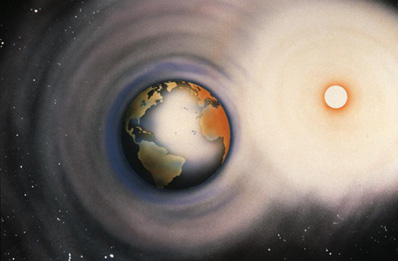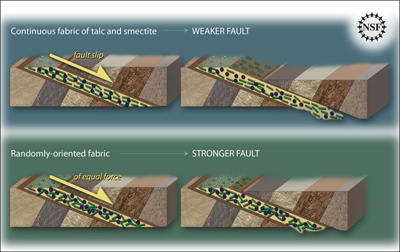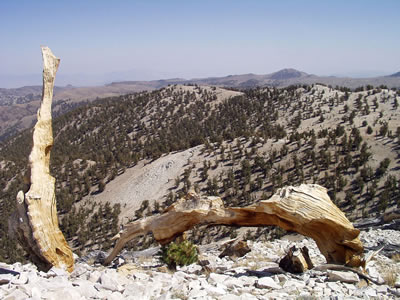
Courtesy of NCAR
Solar Cycle Linked to Global Climate
News story originally written on August 16, 2009
Scientists at the National Center for Atmospheric Research (NCAR) have found a connection between solar activity and climate changes on earth. Their research may lead to the ability to predict how the sun's 11-year cycle affects temperature and rain on Earth.
Even though solar output only varies by about 0.1% throughout the solar cycle, scientists believe that when the sun reaches maximum activity, it heats the Pacific Ocean in places where there are no clouds, increasing evaporation, strengthening tropical rainfall and winds, and causing cooler weather in the eastern tropical Pacific. This is similar to the well-known La Nina and El Nino effects where changes in the temperatures of the eastern Pacific Ocean affect weather patterns worldwide.
Using computer models and studying over 100 years of weather patterns, the scientists found that the small amount of extra solar energy during the sun's maximum activity over several years causes a slight increase in the area's atmospheric temperature, especially across parts of the Pacific where there are fewer clouds to block the sun.
That small amount of extra heat leads to more evaporation, producing extra water vapor. In turn, this moisture is carried by trade winds to the normally rainy areas of the western tropical Pacific, causing heavier rains.
As this continues, the trade winds strengthen. That keeps the eastern Pacific even cooler and drier than usual. Then, slow moving waves called Rossby Waves, take about a year to transport warmer water back west across the Pacific. As a result, the Pacific experiences an El Nino-like event about two years after solar maximum. The system settles down after about a year, and returns to a neutral state. A better understanding of these processes will help scientists predict the effects of the solar cycle on weather patterns on Earth.














